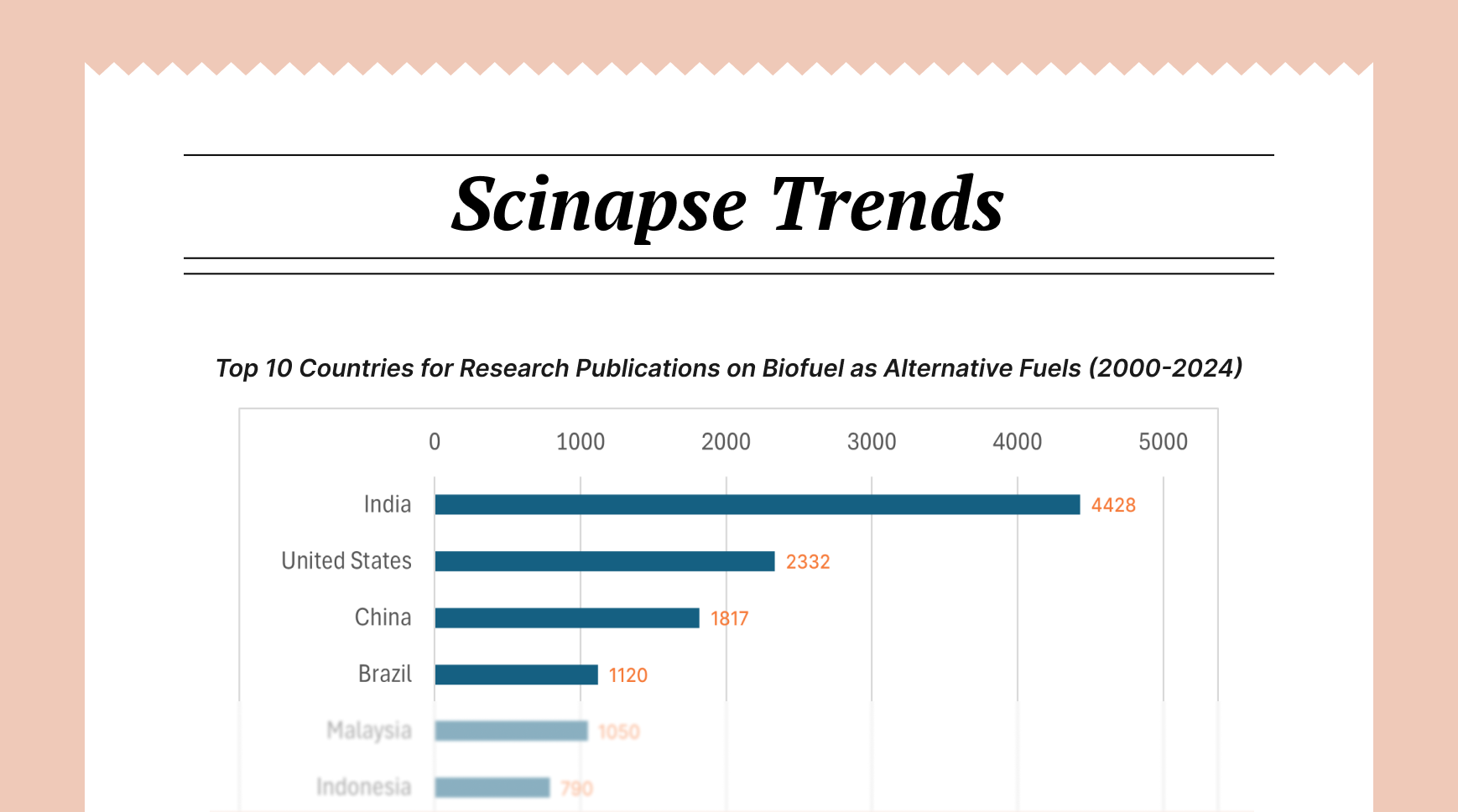How to Summarize and Synthesize Studies in Your Literature Review

Writing a literature review is imperative in academic research. It requires you to not just collect studies but also effectively summarize and synthesize them into a coherent narrative. This process transforms disparate research papers into a meaningful foundation for your work.

Understanding the Difference Between Summarizing and Synthesizing
Summarizing and synthesizing are distinct yet complementary skills necessary for conducting and writing good literature reviews:
Summarizing involves condensing individual studies to capture their key elements—methodology, findings, and conclusions—while maintaining accuracy to the original work.
Synthesizing means connecting these summaries to identify patterns, contradictions, gaps, and relationships across studies to build a holistic understanding of your research area.
Effective Study Summarization Techniques
1. Create a Systematic Reading Strategy
Approach each paper with a structured reading method:
- First, scan the abstract, introduction, and conclusion to grasp the main points
- Read the full paper with a focus on methodology and key findings
- Make annotations that highlight central arguments and evidence
- Record your immediate reactions and questions about the study
2. Develop Standardized Summary Templates
For consistency across your literature review, create templates that capture:
- Complete citation information
- Research questions or hypotheses
- Theoretical framework
- Methodology details (sample size, instruments, procedures)
- Key findings and their statistical significance
- Limitations acknowledged by the authors
- Recommendations for future research
3. Focus on Relevance to Your Research Question
While summarizing, prioritize aspects directly connected to your research question:
- Extract only information pertinent to your specific focus
- Note how each study relates to your research objectives
- Identify elements that support or challenge your expected outcomes
- Maintain summary length proportional to the study's relevance
4. Use Critical Evaluation
Don't just report what studies say—evaluate them:
- Assess methodological strengths and weaknesses
- Consider sample representativeness and size
- Examine the appropriateness of data analysis techniques
- Note if conclusions are justified by the presented evidence
Mastering Synthesis in Your Literature Review
1. Organize Studies by Themes, Not Authors
A common pitfall in literature reviews is arranging content as a series of study summaries. Instead:
- Group studies by themes, methodological approaches, or chronological developments
- Create concept maps connecting related findings across multiple studies
- Identify conflicting results or interpretations within each thematic section
- Highlight evolving understanding of concepts over time
2. Identify Patterns and Relationships
Effective synthesis reveals connections that individual studies don't explicitly state:
- Look for cumulative evidence supporting particular conclusions
- Note when newer studies build upon or refute earlier findings
- Recognize when similar results emerge across different populations
- Identify methodological trends that influence research outcomes
3. Construct a Narrative Framework
Your literature review should tell a cohesive story about the research landscape:
- Develop clear transitions between thematic sections
- Explain how different research streams complement each other
- Build toward gaps or contradictions that your research addresses
- Show the logical progression of knowledge in your field
4. Balance Detail and Breadth
Synthesis requires finding the right balance:
- Include enough detail from individual studies to support your claims
- Avoid getting lost in granular details that distract from the bigger picture
- Demonstrate breadth of coverage across relevant research
- Emphasize depth in areas most central to your research question
Practical Strategies for Synthesizing and Summarizing Studies for Literature Reviews
1. Create Synthesis Matrices
Develop tables or matrices that allow you to visualize relationships:
- List studies in rows and key themes or variables in columns
- Fill cells with brief notes on each study's findings related to each theme
- Color-code or highlight contradictory findings
- Use this visual aid to identify patterns before writing
2. Practice Integrative Writing
When drafting your literature review:
- Begin paragraphs with topic sentences that express thematic ideas, not study names
- Cite multiple sources within sentences to show consensus
- Use compare and contrast language to highlight similarities and differences
- Maintain your analytical voice throughout rather than simply reporting others' work
3. Employ Critical Synthesis Verbs
Choose precise verbs that convey relationships between studies:
- "Smith (2020) confirms the findings of Jones (2018)..."
- "Brown (2021) challenges the methodology used by Garcia (2019)..."
- "Lee (2022) extends the framework developed by Wilson (2017)..."
- "Research by Taylor (2020) and Zhang (2021) converges on the conclusion that..."
4. Address Contradictions Directly
When studies disagree, don't ignore the conflict:
- Explicitly acknowledge contradictory findings
- Analyze potential reasons for disparities (methodology, context, population)
- Consider which findings have stronger evidence or broader applicability
- Suggest how future research might resolve the contradiction
Overcoming Common Challenges in Literature Review
1. Managing Information Overload
When faced with dozens or hundreds of potential studies:
- Create inclusion and exclusion criteria for your review
- Use reference management software to organize citations and notes
- Schedule regular synthesis sessions to integrate new material
- Consider using systematic review methodologies for substantial bodies of literature
2. Avoiding the "List of Studies" Trap
To prevent your literature review from reading like an annotated bibliography:
- Write a detailed outline, organizing content by concepts, before drafting
- Have colleagues review sections to identify areas lacking synthesis
- Limit the number of direct quotes; paraphrase to maintain your narrative flow
- Review each paragraph to ensure it presents ideas, not just study summaries
3. Balancing Authority and Your Voice
A strong literature review reflects your critical thinking:
- Acknowledge seminal works and established views in your field
- Present your interpretation of how studies connect and what they collectively suggest
- Use metacommentary to guide readers through your analytical process
- Ensure your research question emerges naturally from gaps you've identified
Summarizing and synthesizing research studies transforms a literature review from a mere requirement to a strong foundation for your research. By systematically extracting key information, organizing it thematically, and identifying meaningful patterns across studies, you create a document that demonstrates both scholarly rigor and intellectual contribution. Remember that a well-crafted literature review doesn't just report what others have done—it constructs a compelling rationale for your research questions and methodology.
Author: Uttkarsha B
- AI-Ethicist and STM Research & Publishing Expert
Never re-search again.
Scinapse is made by researchers for researchers.
Join the next generation of research at ⏯️ https://scinapse.io/
Pluto Labs
Pluto Labs helps researchers focus on their research by improving several inefficiencies in the academic research process. We offer data-driven insights from academic papers, allowing users to easily obtain review-level results for their desired range of papers.
https://pluto.im/





Comments ()